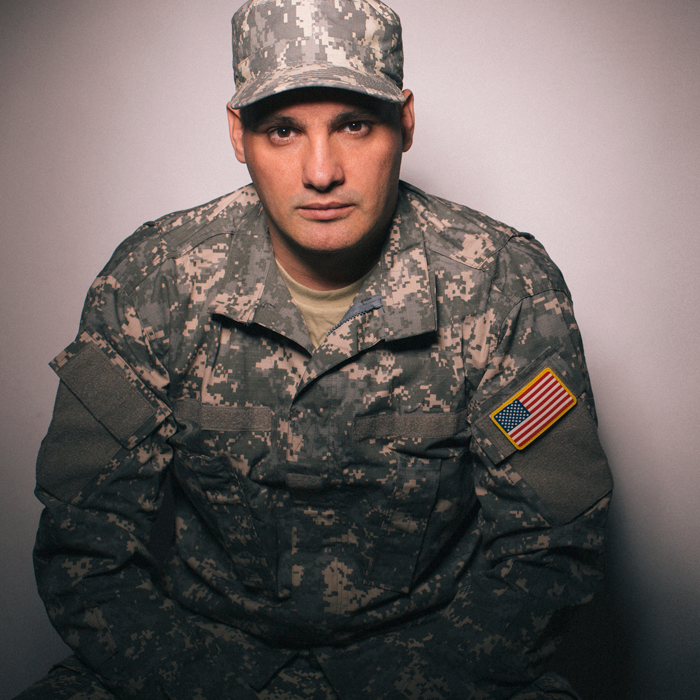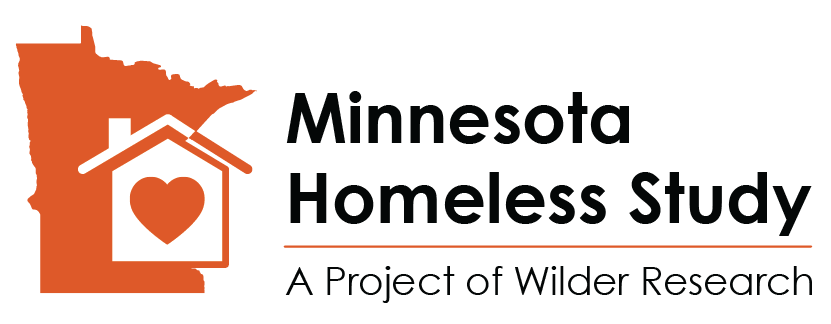
Veterans
Homelessness among U.S. military Veterans
This 2023 study analysis highlights a key segment of the homeless population in Minnesota: U.S. military Veterans.
Here, a Veteran is defined as someone who reported service on active duty for at least one day. This aligns with the Federal government’s definition.
7% of adults experiencing homelessness in Minnesota are U.S. military Veterans
Key findings
Homeless Veterans are older and first experience homelessness later in life, compared to the homeless population overall.
In 2023, the average age of Veterans experiencing homelessness was 53, a full decade older than the overall population of adults experiencing homelessness (age 40). Similarly, the average age Veterans first experienced homelessness is 37, later than for homeless adults overall.
- 46% of Minnesota Veterans experiencing homelessness identify as Native American, Black, Asian, or Hispanic/Latino, which is an overrepresentation compared to Minnesota’s overall Veteran population (less than 10% of the population).[1]
- Nearly all homeless Veterans are male (91%), which aligns with the overall Veteran population in Minnesota.
When asked about challenges to finding housing, Veterans experiencing homelessness cited these primary barriers, similar to the barriers to housing for the overall homeless population:
- No housing they could afford (43%)
- Credit problems (33%)
- Criminal background (29%)
57% of Veterans had experienced at least one adverse childhood experience, such as abuse, neglect, or out-of-home placement.
Serious and co-occurring health issues are common among Veterans experiencing homelessness:
- 87% of Veterans experiencing homelessness reported having at least one serious or chronic disability (mental health condition, substance abuse disorder, chronic medical condition, cognitive impairment, or other condition that limits work or activities of daily living).
- 49% of Veterans reported having a service-related health problem, most commonly related to mental health (59%) and hearing (34%).
- 9% of homeless Veterans have been diagnosed with a service-related head injury or traumatic brain injury.
55% of Veterans interviewed were on a waiting list for public housing, section 8, or rental assistance, compared to 46% of the overall population. The average wait time for housing was 7 months, compared to 11 months for all adults experiencing homelessness.
57% of homeless Veterans are part of the Minnesota Homeless Veteran Registry, a program that connects Veterans experiencing homelessness with housing and services in their community.
[1] Source: MDVA FY 2023 Annual Report
Related reports from the Minnesota Homeless Study

2023 Study Results

